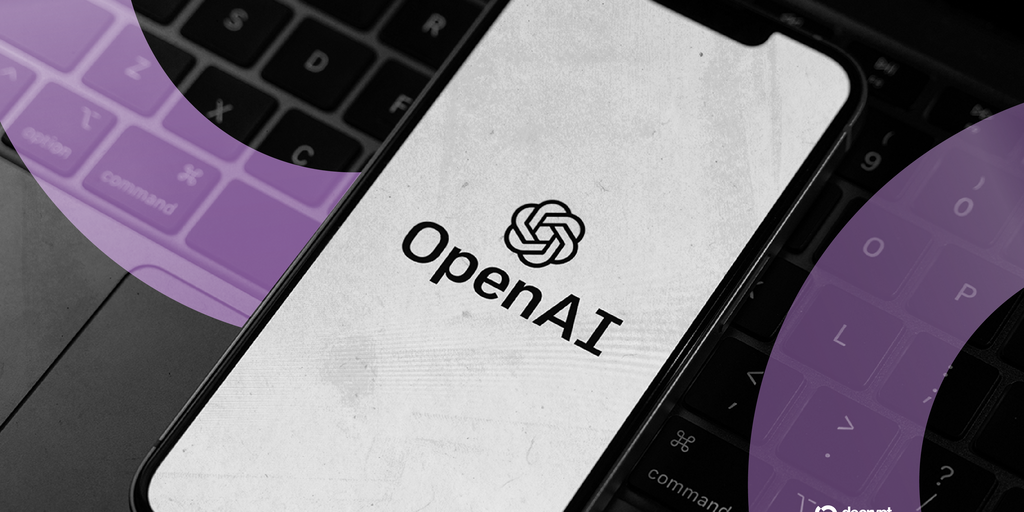Market Pulse
In a strategic move signaling a broader industry shift, Bitcoin mining giant TeraWulf has announced an ambitious pivot towards artificial intelligence (AI), unveiling a colossal $9.5 billion project. This transformative initiative, effective October 29, 2025, sees the company leveraging its significant data center infrastructure and power capacity, traditionally dedicated to crypto mining, to enter the booming high-performance computing (HPC) sector. The decision positions TeraWulf not just as a miner, but as a key player in the foundational infrastructure powering the next generation of AI innovation, setting a precedent for other digital asset infrastructure providers eyeing diversification.
The Genesis of a New Vision
TeraWulf’s foray into AI is far from a minor adjustment; it represents a fundamental reorientation of its business model. The $9.5 billion project is expected to involve a substantial investment in AI-specific hardware, including advanced GPUs, and the development of specialized software and services tailored for AI workloads. This grand vision aims to establish TeraWulf as a leading provider of AI computational power, catering to the exploding demand from AI developers, research institutions, and corporations globally. The shift is underpinned by a recognition that the physical and electrical infrastructure vital for large-scale Bitcoin mining – robust data centers, efficient cooling systems, and access to substantial, often renewable, energy sources – are also perfectly suited for the intense computational demands of AI and HPC.
Leveraging Existing Infrastructure for Future Growth
One of the most compelling aspects of TeraWulf’s strategy is its ability to repurpose and optimize existing assets. Their state-of-the-art data centers, built for the rigorous 24/7 operations of Bitcoin mining, offer an ideal foundation for AI clusters. Key advantages include:
- Scalable Power Capacity: Access to hundreds of megawatts of power, often from sustainable sources, crucial for energy-intensive AI processing.
- Advanced Cooling Systems: Designed to manage the heat generated by mining ASICs, these systems are highly adaptable for cooling powerful GPUs.
- Operational Expertise: Years of experience in managing large-scale data centers, ensuring high uptime and efficient operations.
- Strategic Locations: Many mining facilities are in regions with abundant and affordable energy, a critical factor for competitive AI compute.
This synergistic approach allows TeraWulf to enter the AI market with a significant head start, avoiding much of the greenfield development costs associated with building entirely new HPC facilities.
Market Implications and Industry Trends
TeraWulf’s bold pivot is not an isolated incident but rather a prominent example of a growing trend within the Bitcoin mining sector. As mining profitability fluctuates with Bitcoin price cycles and network difficulty increases, many miners are actively exploring diversification strategies. High-performance computing, particularly for AI, presents an attractive avenue given its rapidly expanding market and potentially higher, more stable margins than pure proof-of-work mining. This strategic move by a major player like TeraWulf could catalyse similar shifts across the industry, potentially redefining the business landscape for digital asset infrastructure companies. It highlights a maturing industry recognising the broader applicability of its specialised infrastructure.
Challenges and Opportunities Ahead
While the opportunities are immense, TeraWulf’s transition is not without its challenges. The company will need to navigate a new competitive landscape dominated by established cloud providers and specialised HPC firms. Recruiting and integrating AI-specific technical talent, adapting sales and marketing strategies for a different customer base, and managing the significant capital expenditure for new hardware will be critical. However, the potential rewards – recurring revenue streams, diversification away from direct crypto price volatility, and participation in the exponential growth of the AI sector – could fundamentally transform TeraWulf’s long-term value proposition and secure its position at the nexus of digital infrastructure and emerging technology.
Conclusion
TeraWulf’s monumental $9.5 billion project marks a definitive turning point for the company and potentially for the entire Bitcoin mining industry. By strategically leveraging its robust infrastructure and operational expertise, TeraWulf is making a confident leap into the AI space, transforming from a specialized crypto miner into a diversified high-performance computing powerhouse. This proactive adaptation to market demands underscores a forward-thinking approach that could inspire a new wave of innovation and strategic pivots across the digital asset ecosystem, demonstrating the inherent versatility and potential of infrastructure built for the blockchain age.
Pros (Bullish Points)
- Diversifies revenue streams away from Bitcoin price volatility.
- Taps into the rapidly growing and high-margin AI/HPC market.
- Efficiently leverages existing infrastructure (data centers, power).
- Positions TeraWulf at the forefront of tech convergence.
Cons (Bearish Points)
- Significant capital expenditure required for AI hardware.
- Faces intense competition from established tech giants in AI/HPC.
- Requires new technical expertise and operational shifts.
- Execution risk associated with a major business model transformation.
Frequently Asked Questions
What is TeraWulf's new $9.5 billion project about?
TeraWulf is pivoting from Bitcoin mining to high-performance computing (HPC) for AI, investing $9.5 billion to develop and operate AI infrastructure.
Why are Bitcoin miners considering a move into AI?
Miners are diversifying to leverage their existing data center and power infrastructure for the growing, high-margin AI sector, aiming to reduce reliance on crypto market volatility.
What are the main benefits of TeraWulf's strategic pivot?
Benefits include revenue diversification, tapping into a high-growth industry, efficient use of existing assets, and positioning for long-term tech leadership.






